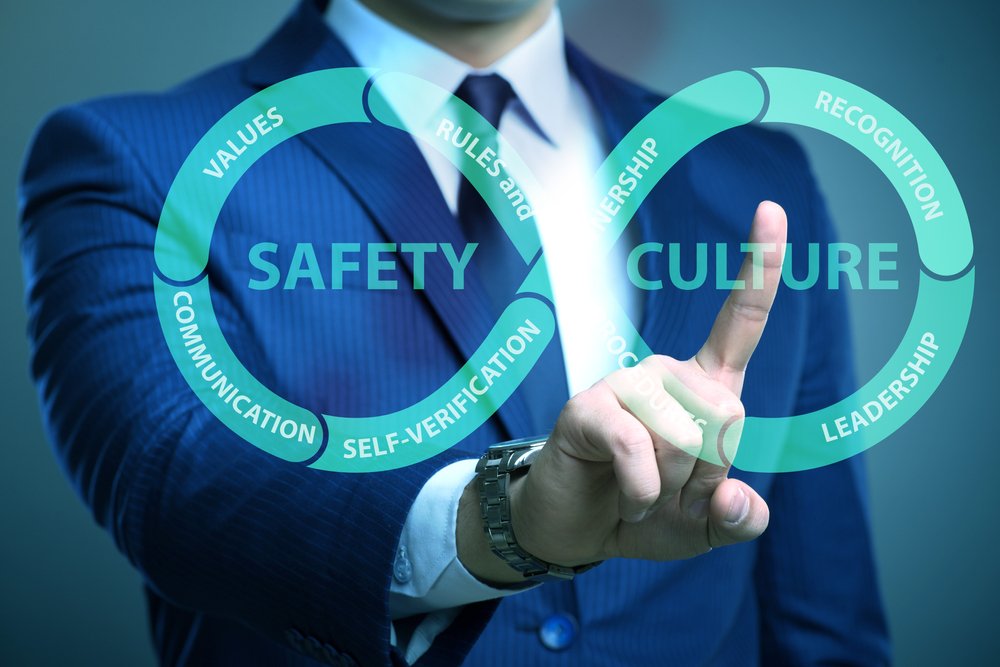Safety culture refers to the shared values, attitudes, beliefs, and behaviors within an organization regarding safety. It encompasses the collective mindset and practices that prioritize and promote safety at all levels, from top management to frontline workers. A strong safety culture is characterized
Building and maintaining a positive safety culture requires ongoing effort, leadership commitment, and active participation from all members of the organization. A strong safety culture not only reduces the risk of incidents and injuries but also contributes to improved morale, productivity, and overall organizational performance.

